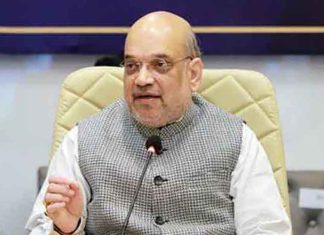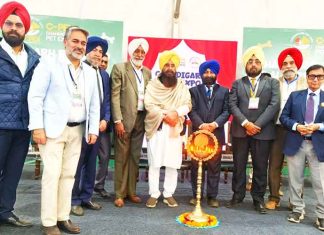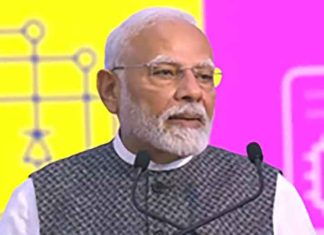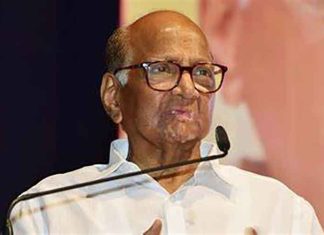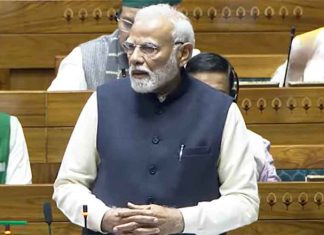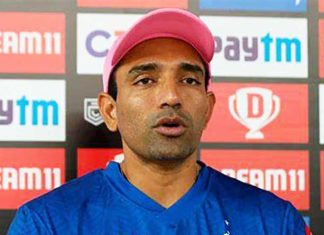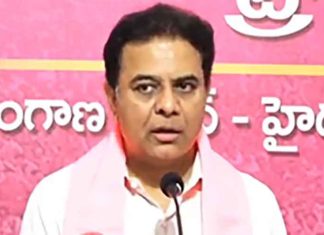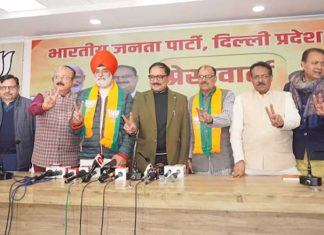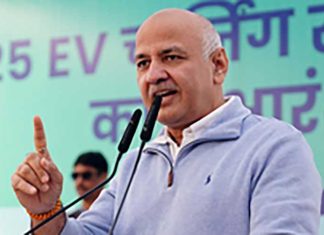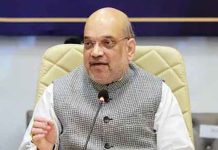New Delhi, Nov 3 2024-
Over the past ten years, capital-intensive sub-sectors such as electronics, chemicals and machinery within India’s manufacturing sector, have seen a major growth in both employment and exports, according to a Goldman Sachs report.
The report states that growth has surged in India’s capital-intensive industries with the government focusing on promoting assembly of electronics, machinery, and pharmaceutical products. This has resulted in the successful outcome of exports to developed markets experiencing double-digit growth. It also reflects India’s progress in creating an export basket comprising more high-value products.
India has witnessed higher employment growth in capital-intensive sectors compared to the labour-intensive sectors, the report states.
“Over the last 10 years, capital-intensive sub-sectors (which we define sectors with capital income share of 0.65 or more) within manufacturing such as chemical products, machinery etc have seen higher employment growth on average versus the labour-intensive sectors like textiles and footwear, food and beverages,” the report observes.
The report also highlights that despite an impressive growth in the capital-intensive sector, the labour-intensive sectors account for an overall higher share of jobs in the country.
The manufacturing sector has been undergoing a significant transformation, driven by government reforms aimed at boosting competitiveness and fostering sustainable economic growth.
At the heart of this transformation are the Production-Linked Incentive (PLI) schemes, which have emerged as important catalysts in enhancing domestic production, encouraging technological advancements and attracting foreign and local investments.
Introduced in phases beginning 2020, the PLI schemes were designed to bolster the domestic manufacturing sector, spur technological advancements and attract investments.
With an overall incentive outlay of Rs 1.97 lakh crore, the PLI schemes cover 14 critical sectors ranging from electronics and pharmaceuticals to drones and speciality steel. These incentives aim to enhance production capacity, create employment opportunities, promote exports and reduce import dependency while driving India toward its Viksit Bharat 2047 vision on a framework of Atmanirbhar Bharat.
As of June 2024, the PLI Schemes have attracted investments amounting to Rs 1.32 lakh crore and a significant boost in manufacturing output of Rs 10.9 lakh crore as of June 2024. Additionally, these schemes have directly and indirectly created 8.5 lakh jobs, furthering the socio-economic impact.
In exports, the schemes have contributed an impressive Rs 4 lakh crore, showcasing the integral role in making India a formidable player on the global stage. (Agency)








